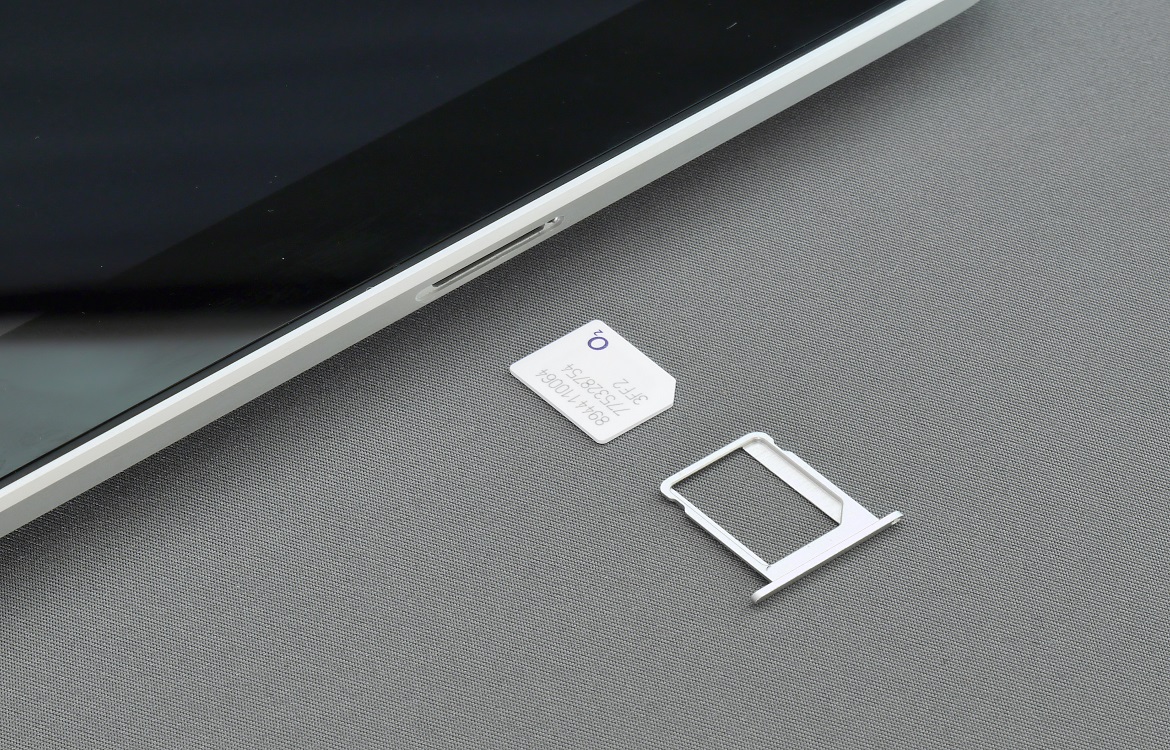


If you’re a frequent traveler, you may be familiar with the hassle of international phone plans and SIM cards. SIM stands for “Subscriber Identity Module” and is a tiny, information-storing chip that lives in every active cell phone. A SIM card is where information about your country code of origin and service carrier is stored, and is used in mobile devices globally. If your phone is unlocked, you have the ability to manually insert and remove your SIM card, which is a common way to switch phone plans if you travel internationally. Sounds simple, but in our ever-digitalizing world, having all your information stored on a physical card sounds a little antiquated, doesn’t it?
Enter the eSIM, or embedded SIM, the latest in SIM card technology. eSIMs perform the same function as regular, non-embedded SIM cards, but they’re a technology that already exists inside your phone rather than on a physical SIM card that needs to be inserted. Read on to learn how eSIM technology represents an exciting innovation for travelers and those looking for more flexibility in having multiple plans on the same phone.
An eSIM is a tiny, rewritable chip inside a smartphone that is backed by the GSMA global association of mobile networks. An eSIM works like a regular SIM but allows you to activate your cellular plan without a physical SIM card. Besides the convenience of not having to worry about a physical card, there are many benefits to using eSIM technology.
Because eSIMs are rewritable, you can change your plan—or even your service provider—remotely. Or, when travelling internationally, you can add roaming or a local data plan in seconds. With an eSIM, it is also possible to have multiple numbers on one phone. For example, you can have one number for business and one for personal use, all accessible on the same device.
Another benefit of eSIM cards is that they take up less space than a physical SIM card—there’s no SIM slot or tray required. This means that as more devices adopt eSIM technology, this gives phone and tablet manufacturers more design flexibility.
A number of iPhone and Apple products are now compatible with eSIM technology, and more and more Android devices support this new technology as well. eSIM technology is currently only available from select carriers, but this number is projected to increase as eSIM technology overtakes standard SIM as the most common technology. Talk to your current service provider to learn more about your plan’s eSIM compatibility.
We hope this article has helped you learn more about the exciting future of eSIM technology. To learn more about tech topics like this one and find out about buying or selling a device, check out the Trademore blog and available phones.
Trademore has no connections, affiliations, partnerships or sponsorship agreements with the companies, entities, services and/or products mentioned in this blog post. The opinions, thoughts, views and expressions made within this blog post are independently created by and attributable to Trademore authors and/or contributors.